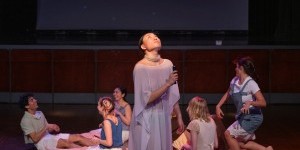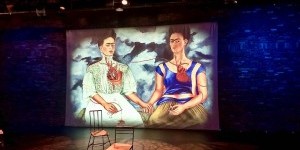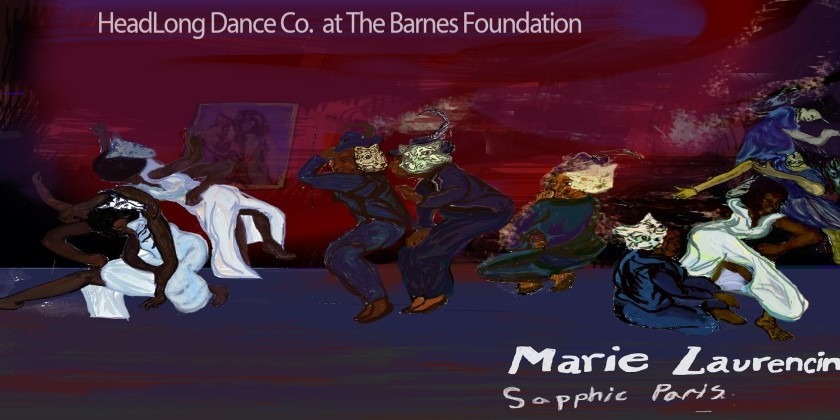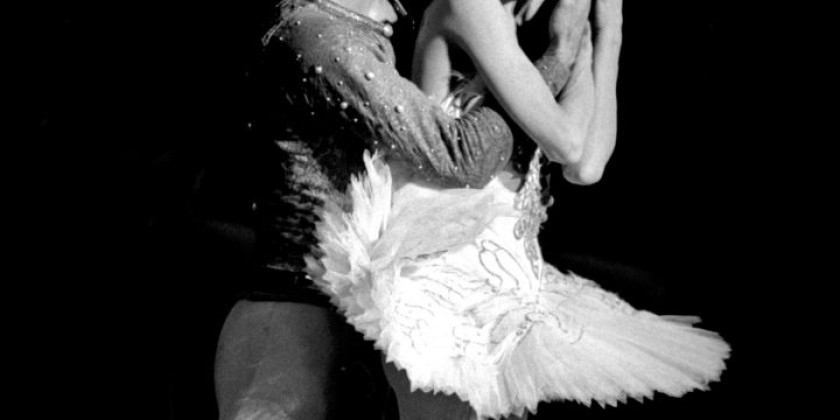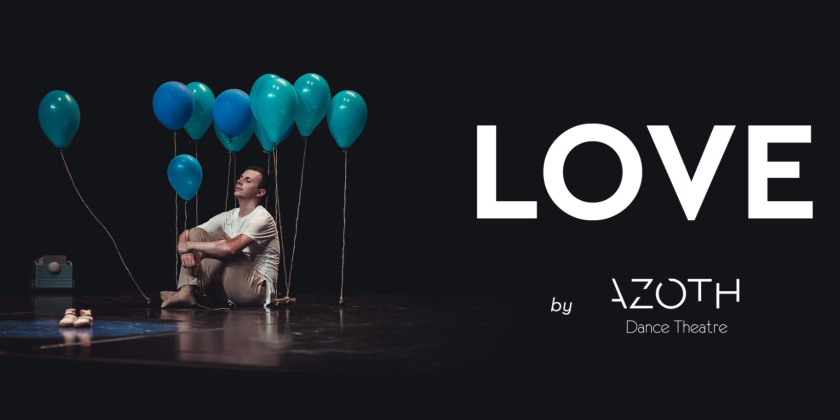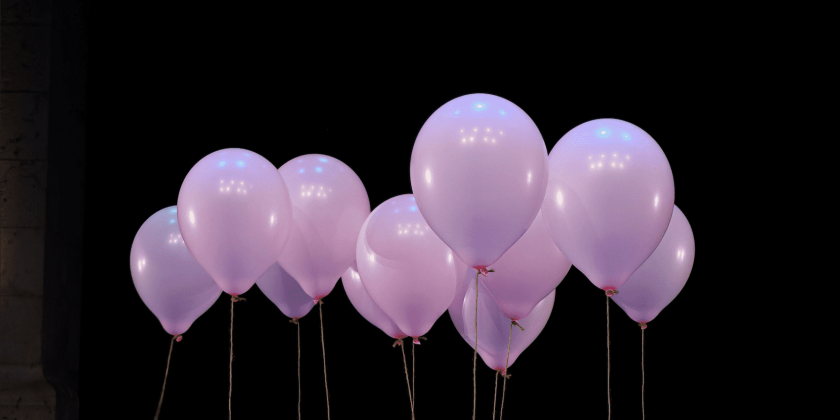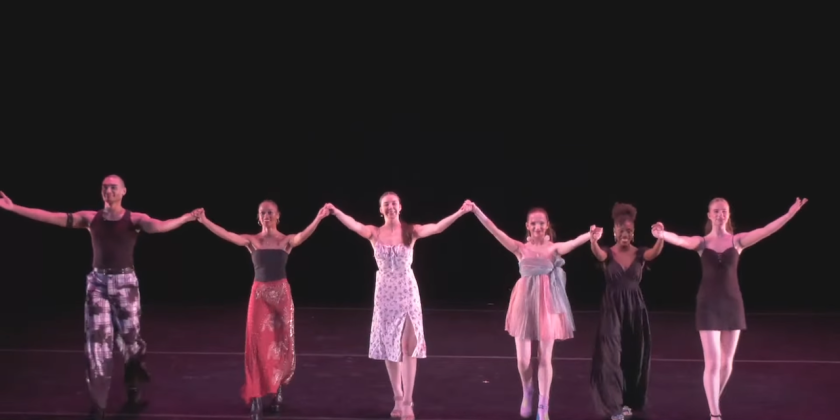AUDIENCE REVIEW: “Memories of the Moon” by Yu.S.Artistry

Company:
Yu.S.Artistry
Performance Date:
July 2nd, 2023
Freeform Review:
Yu.S.Artistry, a New York City and Pennsylvania-based dance company, presented “Memories of the Moon” at The Tank NYC on July 2nd, 2023. The performance consisted of two solos, two group dances, and singing by Rin Nagaya. The performance included guest choreographer Yoshito Sakuraba’s “Beyond the See” and Yu.S.Artistry’s Artistic Director Yuki Ishiguro’s “Memories of the Moon.”
Tsubasa Nishioka opened the program with a solo titled “Tsubasa” by Yuki Ishiguro. The solo captured the creative essence of Yu.S.Artistry, which draws inspiration from ballet, contemporary, and breakdance forms. Tsubasa soared through the space. In one moment he leapt through the air, and suddenly he would slowly lower himself to the earth in an inversion. He was a powerhouse who was very featured throughout the performance.
Olivia Wood (Yu.S.Artistry’s Associate Artistic Director) then danced a solo titled “If I Could Tell You” by Yuki Ishiguro. She swept through the space, carrying a gentle, fluid energy. Her arms in particular carved through the air like tree branches, creating angular shapes. Olivia’s demeanor felt reflective and peaceful.
Between the two group dances, singer/songwriter Rin Nagaya presented two upbeat, lighthearted songs: “F.T.B.” and “2/10.” Rin also composed the music for “Memories of the Moon.” It was a pleasure to hear such a wide range of Rin’s musical compositions. The two songs she sung live were in a contemporary pop style, while Memories of the Moon’s score was instrumental, piercing and deep.
Yoshito Sakuraba’s “Beyond the See” was an abstract work of vignettes. The work depicted characters who were at times lip-synching and happily dancing by a suggested seaside. They would contrast this light mood with darker scenes of intense phrase work, and manipulating one another. “Beyond the See” featured music by Bobby Darin, Bobby Krlic, Max Richter, and Joseph Fiennes, and was danced by Joseph Heitman, Yuki Ishiguro, Catherine Messina, Mayu Nakaya, Tsubasa Nishioka, and Olivia Wood.
Bobby Darin’s “Beyond the Sea” played right from the get-go of the piece, offering a playful energy which the dancers matched. Oliva stumbled through a bustling scene with Mayu and Catherine dancing upstage, while Tsubasa and Yuki danced downstage. Joseph, standing downstage, visibly sang along with the music, as did the remaining cast – except for Olivia, who became surrounded by the other dancers. There was an evident separation of Olivia’s character, as her facial expressions suggested fear and confusion. The cast picked up Olivia and dragged her on the floor, while continuing to lip-synch above her.
From the sound score, a scream echoed through the space: the cast broke out from their stances and “Beyond the See” emitted a more sinister mood. The music became percussive, as did the dancer’s movements. Dancers entered and exited the space in various trios, duets, and solos. There did not seem to be a set narrative, but there seemed to be a separation of Olivia and Joseph’s characters from the group.
The movement vocabulary highlighted many strengths of Yu.S.Artistry: floorwork with lots of suspension, large jumps to the floor, and partnering. Even while dancing in unison, each dancer made their own choices of suspension within certain transitions.
A memorable moment was Yuki Ishiguro and Olivia Wood’s first duet, while Joseph stood downstage and whispered along with the sound score. Olivia was lifted, dragged, and tossed around by the entire cast throughout “Beyond the See,” but getting to see her dance one-on-one with a duet partner offered her character more control. They executed a series of lifts which highlighted Olivia’s long extensions and Yuki’s groundedness
Another standout scene was Mayu Nakaya’s solo, which occurred midway through the work. A captivating performer, Mayu danced with a certain specificity to her movements. She danced with control, allowing herself to sustain vigorous movements, yet simultaneously letting herself dance freely with beautiful abandonment. Her body easily dropped into contorted, almost painful-looking positions with ease, which was surprising and exciting.
“Beyond the See” concluded with a group unison, where Olivia’s character appeared more confident and connected with the rest of the cast. At this moment, Joseph Heitman’s character was truly separated from the others. He was left alone on stage standing in the rain – literally standing under an open umbrella – at the end of the work.
“Memories of the Moon” was inspired by diary entries written by a Japanese prisoner in a WWII United States internment camp. In the diary entries, the writer – who was held captive in a room devoid of clocks – recorded the passage of time by counting each full moon. Although the work was an abstract depiction of this writer’s story, the piece captured scenes of both his past and his present.
The work was danced by Julia Asher, Mariko Hayashi (Yu.S.Artistry’s rehearsal assistant), Joseph Heitman, Yuki Ishiguro, Mayu Nakaya, Tsubasa Nishioka, and Olivia Wood. Rin Nagaya’s original music featured additional sound sources from artists Armand Amar and FICUSEL.
As stated immediately following the performance by many audience members, “Memories of the Moon” is a piece truly capturing Japanese culture and experience. This was because of the Japanese artists and collaborators on and off the stage; the original score composed by Japanese singer/songwriter Rin Nagaya (which featuring additional sound by Japanese artists); the stage set - which featured a sakura-printed noren; the costuming, which included kimonos and haoris; and the diary entries.
Center stage, the noren was illuminated by a projection of a full moon. It was lit from behind. The scene transported the audience to the room where the prisoner was confined. Behind the noren, the dancers’ silhouettes were visible. They partnered one another, reaching outwardly, and melted to the floor. Silhouettes were a recurring idea throughout the work.
Joseph and Tsubasa’s dancing came to the forefront of the noren. Tsubasa appeared to be cast as the diary’s writer, while Joseph’s character represented the soldier confining the writer. Joseph restrained Tsubasa’s wrists behind his back, and forced him to the floor. A third dancer’s silhouette moved in front of Tsubasa, expressing the desire to help but unable to do so. Following this scene, the dancers behind the noren pressed the palms of their hands towards the audience, making the shadows of their hands appear huge.
Other dancers moved through the space, dancing on the right and left sides of the noren - but their movements were difficult to view unless they were very close to the projected moonlight.
The work revealed various memories of the diary’s writer in beautiful scenes. Tsubasa, Yuki, and Mayu danced together in an exciting trio full of floorwork, jumps, turns, and falls. They shared a sense of comradery. The following scene was a duet between Yuki and Olivia, while Joseph walked through the space observing their partnering.
Soon after, Olivia, Mayu and Julia partnered one another and introduced a stunning visual effect: small, blue LED lights sparkled from the palms of their hands as they danced. The lights also turned red. They moved in a way that looked as if they were tossing the little lights from one hand to the next, which created arcs through the space like ripples of water.
Tsubasa and Joseph brought the intensity of the work out through their duet, which was driving and exhilarating. The lighting – including the moon, which was still projected on the noren – turned red as the pair danced together in a battle of jumps, lunges, floorwork and huge movements. This intensity was also seen in the final group unison, capturing the strength and endurance of the diary’s writer.
One of the most beautiful moments for me was Mariko Hayashi’s entrance, which was one of the most brightly lit scenes of “Memories of the Moon.” Wearing a red kimono, she moved with calm, poised energy. Her movements were steady and precise.
Yuki concluded the work by offering a new perspective on the moon’s projection: instead of behind the noren, the moon was projected on visual LED poi sticks, which Yuki spun. He created circles, figure eights, and used various planes of rotation. The revolutions were quick, intense and mesmerizing; and this final image served as a reminder that the heavenly bodies will always continue spinning.
Author:
Kristen Hedberg
Website:
kristenhedberg.org
Photo Credit:
Steven Pisano






